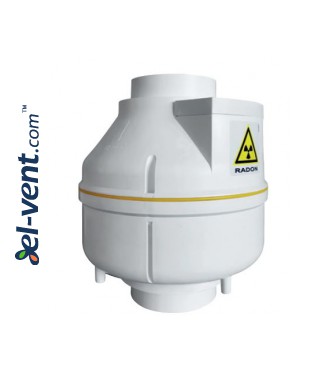
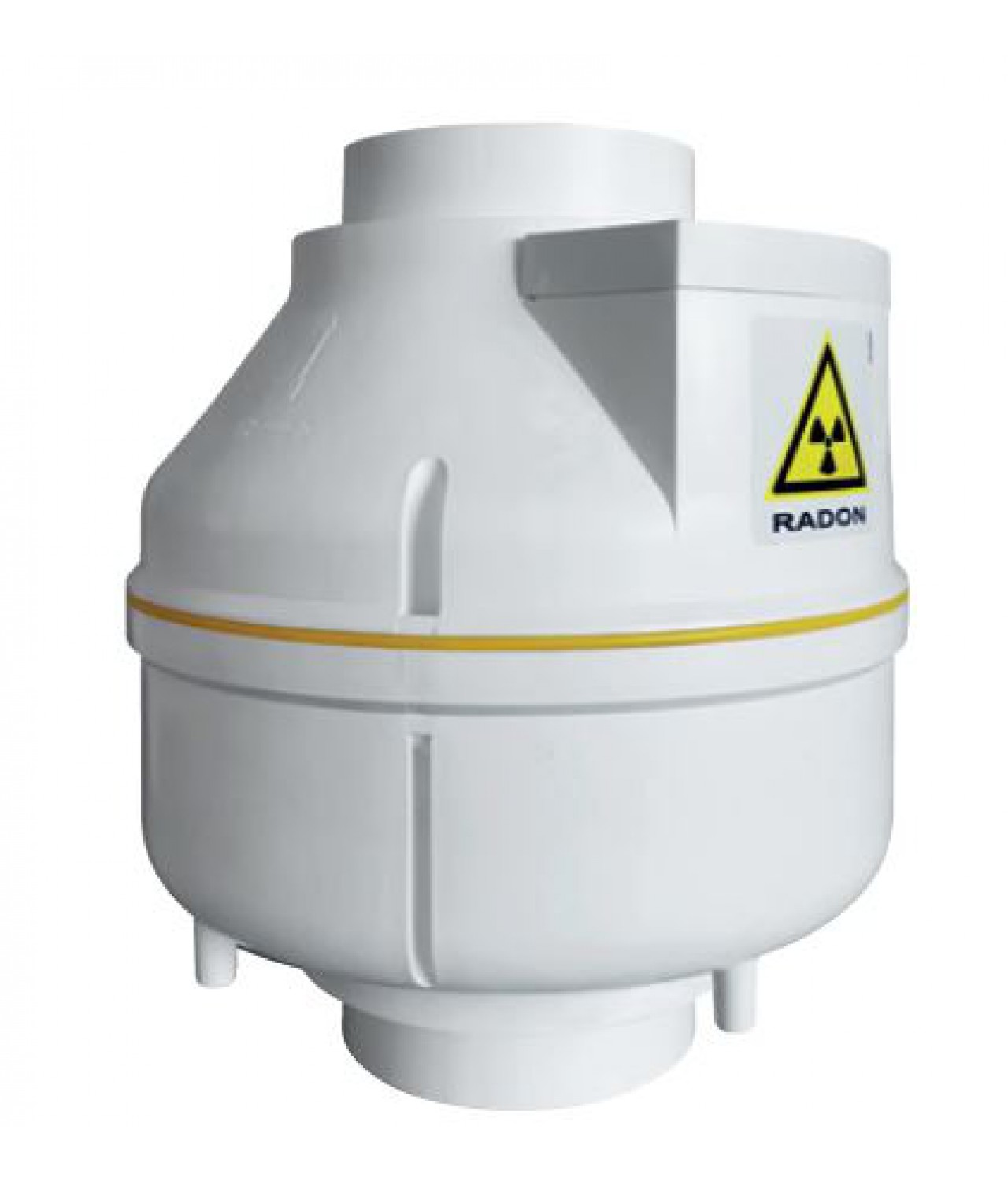
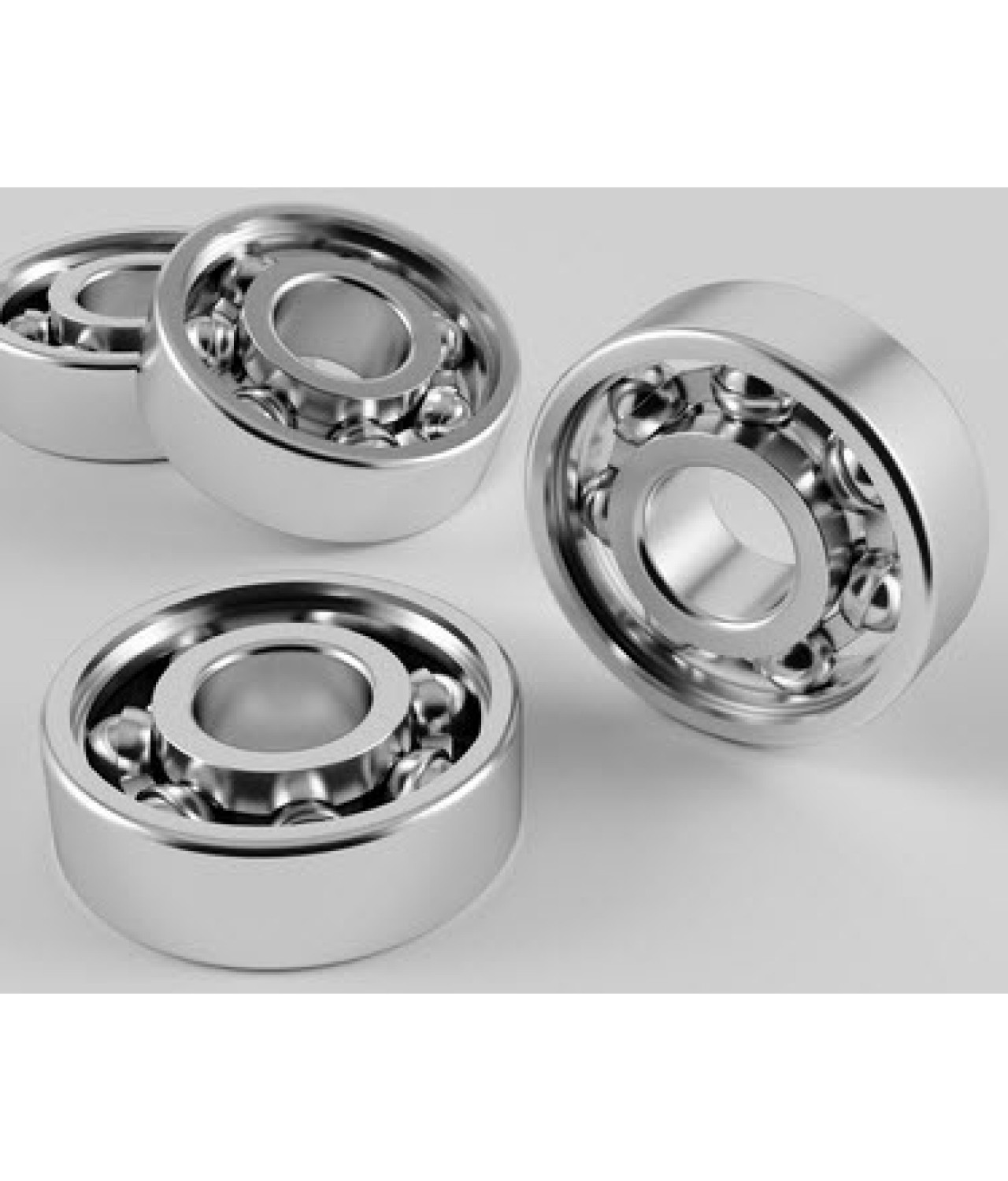

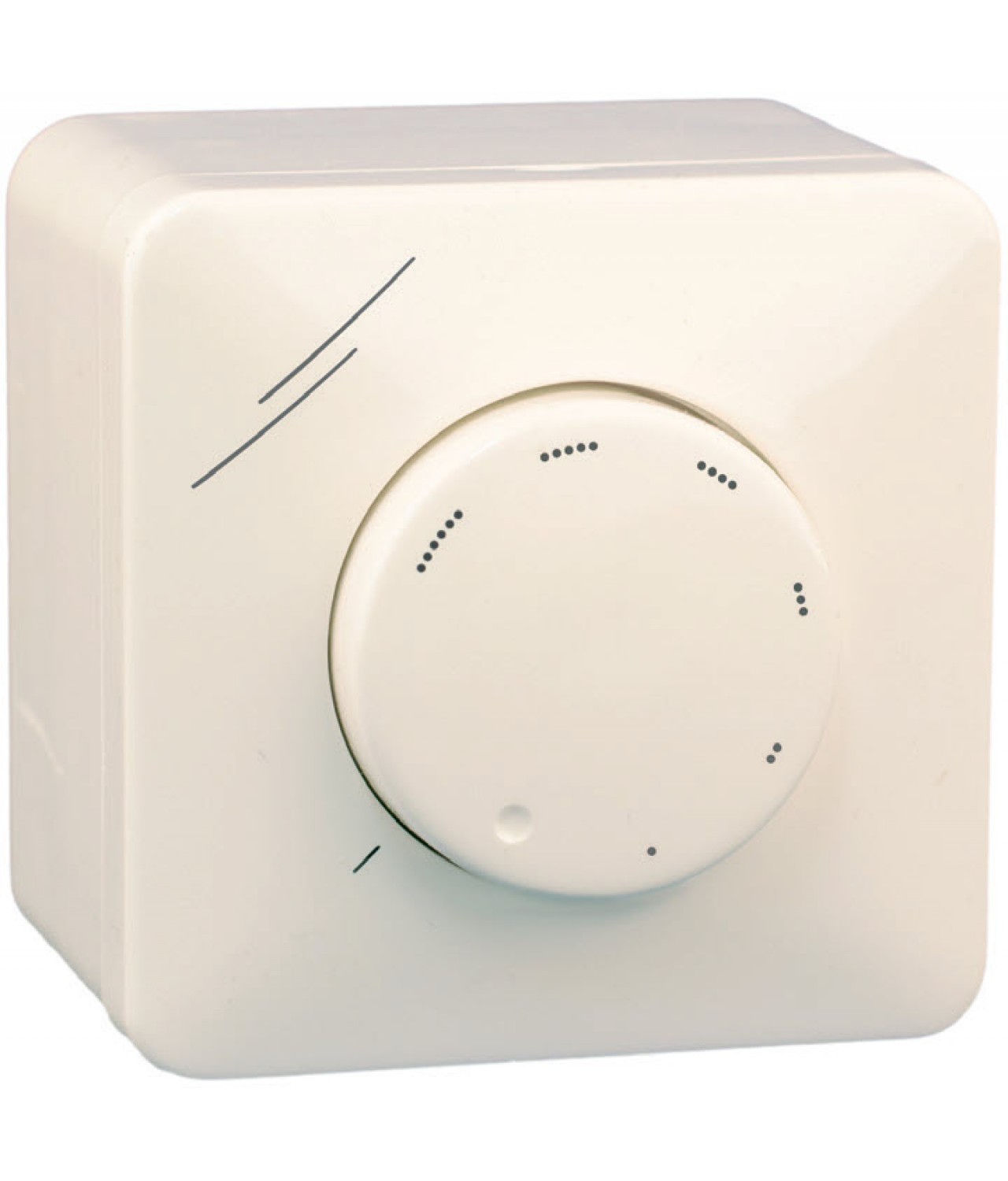

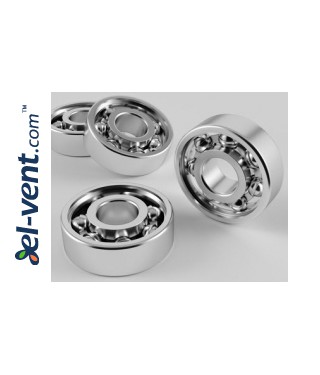

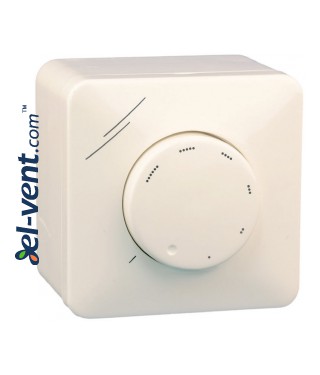

Price:
| Price / AXR: |
Select
|
| Price / SAP sealing clamp: |
Select
|
| Price / APG vent guard: |
Select
|
| Speed controller: |
Select
|
European delivery - 30 working days, other countries +7 working days.
Ask a question about this item
Ask a question about this item
AXR - centrifugal in-line fans for radon gas migration ≤450 m³/h
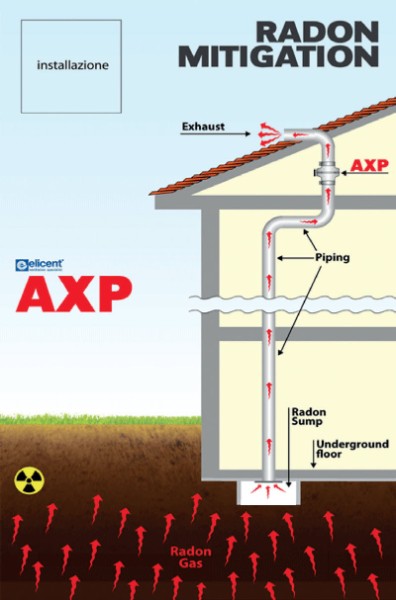
| Code |
A
|
B
|
ØC
|
ØD |
| AXR 100 | 238 | 25 | 98 | 212 |
| AXR 125 | 238 | 25 | 123 | 212 |
| AXR 150 | 232 | 28 | 147 | 253 |
| AXR 160 | 232 | 28 | 157 | 253 |
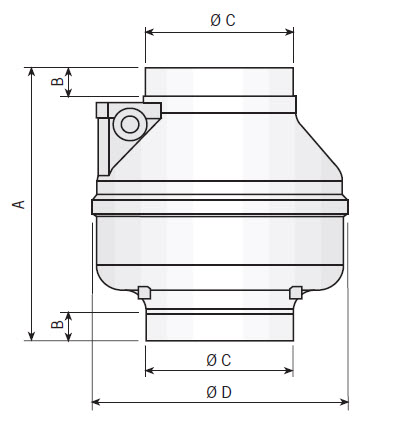
| Code | Motor | m³/h | l/s | Pa | W | A | dB(A)* | kg |
| AXR 100 TP | AC | 211 | 59 | 263 | 27 | 0.13 | 32 | 1.5 |
| AXR 125 TP | AC | 265 | 74 | 251 | 27 | 0.13 | 33 | 1.5 |
| AXR 150 TP | AC | 430 | 117 | 325 | 65 | 0.29 | 39 | 2 |
| AXR 160 TP | AC | 450 | 123 | 325 | 65 | 0.29 | 40 | 2 |
*LpA, measured at 3 m in open field 230V-50 Hz
Speed controllers (Attention! If you choose an electronic speed controller, the fan may emit an extraneous sound, the speed change will not be consistent, so we strongly recommend choosing a transformer speed controller):
| AXR 100-160 | AXR 100-160 |
| electronic EMTY05 - 0.5 A (fan may make noise) | 5 step, transformer RVS - 0.5 A |
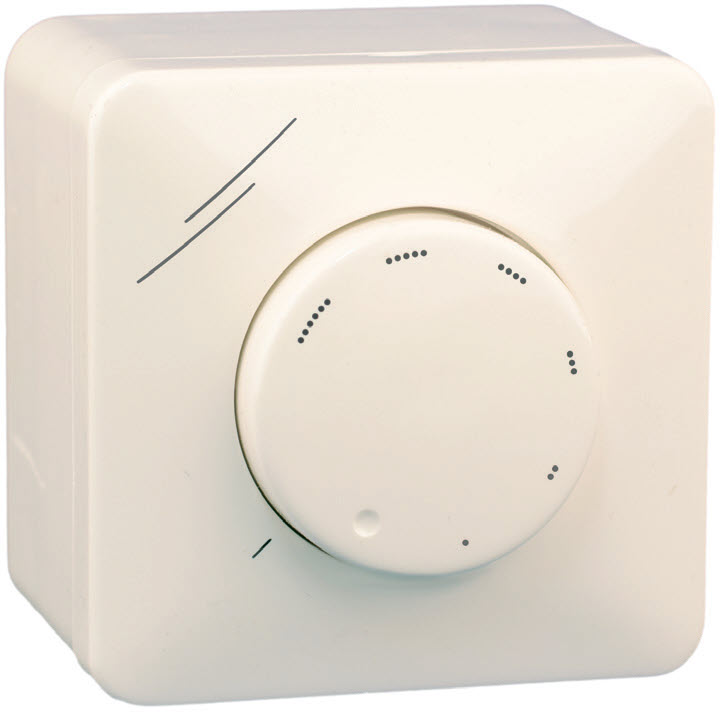 |
 |
Pressure loss curves
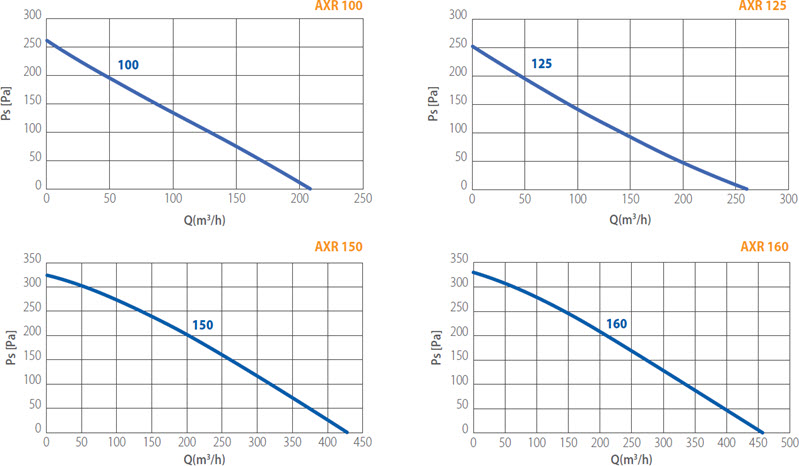
You might also like: